The Key to Quality: Understanding Die Design for Aluminum Alloy Die Casting
Author: SAIVS Date Published: Apr 09,2024
This article merges the key aspects of aluminum alloy Die Casting quality from two sources to provide a comprehensive overview.
It highlights the crucial factors influencing quality and delves into the intricate relationship between die design and successful casting.
Factors Affecting Quality
Reasonable Casting Process: The selection of split face type, core method, gating and pouring system design needs to consider the specific alloy, weight, size,
and production conditions.
Design Technology: Die casting design should not only adhere to functional requirements but also account for casting characteristics to minimize issues like
segregation, deformation, and cracking.
Raw Material Quality: Impurities in metals, refractories, or other materials can lead to porosity, pinholes, slag inclusions, and sand defects, compromising both
aesthetics and functionality.
Process Operation: Well-defined procedures, coupled with skilled workers, ensure proper execution of the casting process.
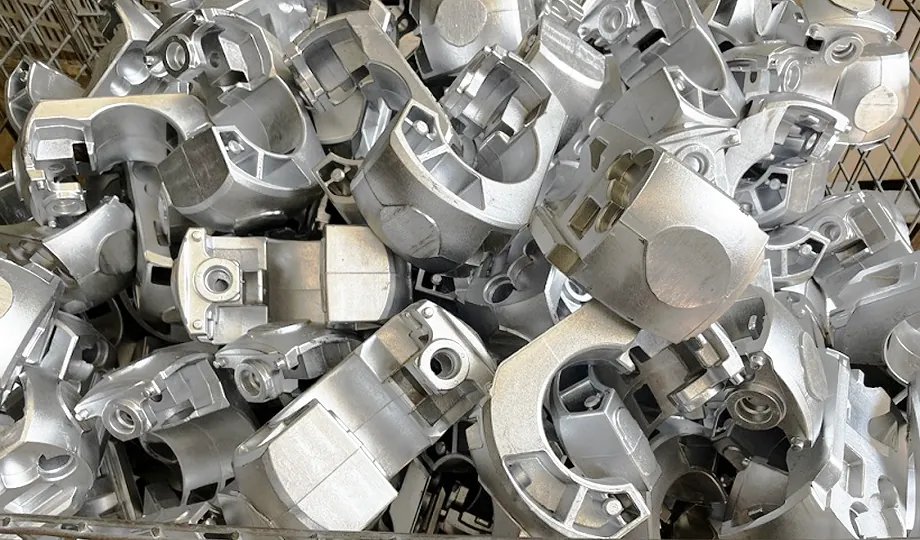
Die Design and Casting Quality
Die design plays a pivotal role in achieving high-quality castings. Here's a breakdown of key aspects:
Understanding Requirements:
Thorough comprehension of user needs, working conditions, and stress distribution on the casting is paramount.
Material Selection:
Die material choice hinges on the application and environment, with a focus on optimizing casting performance and structural simplicity.
Wall thickness needs to be appropriate and uniform, with proper draft angles to prevent defects.
Dimensional Accuracy:
Balancing dimensional tolerances with design, processing, and process control considerations is crucial to avoid unnecessary challenges and waste.
Die Structure, Machining Accuracy, and Material Selection:
Die structure, processing precision, surface roughness, heat treatment micro-cracks, nitriding layer thickness,
and proper assembly significantly impact casting quality and die lifespan.
Shrinkage:
Material shrinkage data should be factored into Mold design, potentially requiring a test mold for high-precision parts to obtain accurate data before mass production.
Process Formulation and Implementation:
Process control parameters are influenced by die casting equipment and operator skill.
Achieving consistent quality involves a harmonious interplay between equipment, materials, and dies.
Adherence to process parameters is essential to avoid shrinkage, deformation, undercasting, and dimensional inconsistencies.
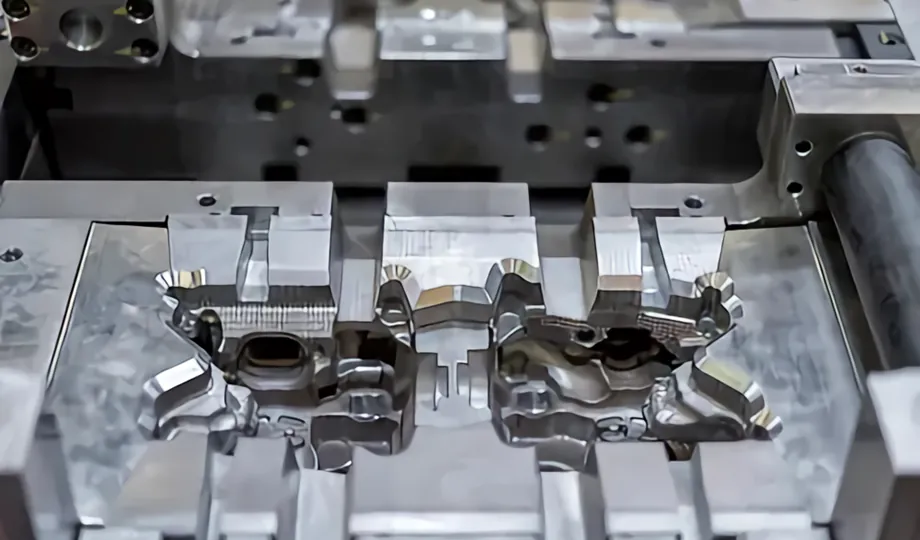
Die Construction and Its Influence
Overall Structure and Functionality:
A robust and user-friendly overall structure promotes stable metal flow, even cooling, and fully automatic operation without failures.
Material selection should consider production volume and material compatibility.
Mold Structure and Part Design:
Balancing strength with ease of processing and accuracy necessitates a decision between single-piece and combined mold structures.
Complex geometries and part features may favor combined molds for better processing and precision.
Number of Cavities:
The optimal cavity count depends on equipment capacity, processing difficulty, production volume, and casting precision requirements.
Multi-cavity molds might introduce performance inconsistencies between cavities due to machining challenges and balancing the runner configuration.
High-precision or geometrically complex parts often necessitate single-cavity molds.
Pouring System Design:
The gating system acts as a conduit for molten metal and plays a crucial role in regulating flow velocity, pressure transfer, exhaust conditions, and thermal
stability. Design considerations include casting characteristics, alloy type, and die casting machine capabilities.
Exhaust System Design:
An adequately sized overflow groove and exhaust channel are essential for ensuring product quality.
The design should prevent premature blockage by incoming metal, allowing the vent to remain open for optimal gas release.
Overflow tanks should also incorporate ejector rods for easy removal of excess metal.
Mold Temperature:
Mold temperature significantly impacts casting quality, influencing internal and external features, dimensional accuracy, and even potential cracking.
For Aluminum Alloys typically cast at 670-710°C, a mold temperature of 230-280°C is recommended for optimal results.
Preheating and cooling systems using oil as the medium are generally employed.
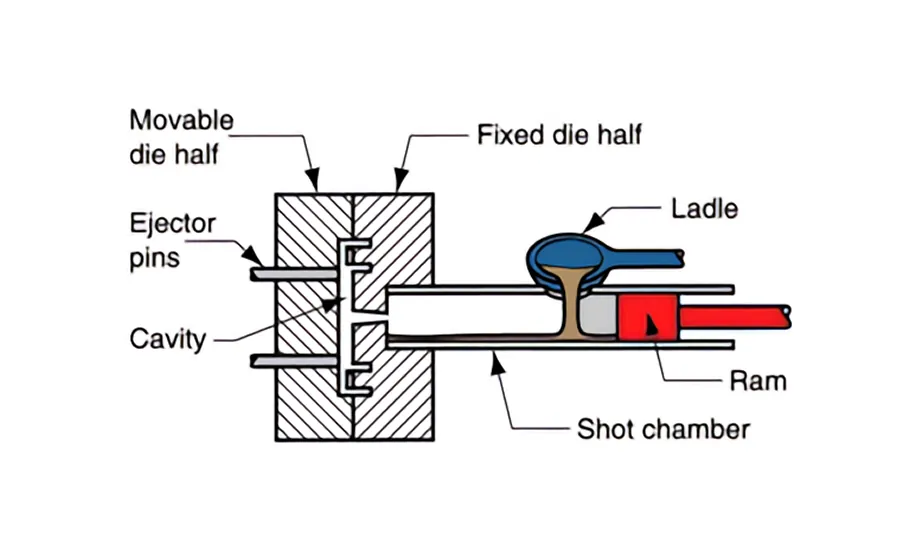
Formed Part Dimensions:
Die casting component size needs to account for shrinkage of the material to ensure parts meet specifications.
Test mold measurements might be necessary for high-precision products.
Thermal expansion and the influence of the storage and usage environment on dimensional stability should also be considered.
Die Joint Position:
The parting surface location affects mold processing, exhaust, product demolding, and can leave trace lines on the casting, impacting surface quality and
dimensional accuracy.
Therefore, positioning the parting surface in areas with less stringent requirements for these aspects is recommended.
By meticulously considering these factors and fostering a strong understanding of the relationship between die design and casting quality, manufacturers can
achieve consistent production of high-quality aluminum alloy Die Castings.
Why Choose SAIVS™ as Your Supplier?
1.Superb Quality Control Management
At SAIVS, we take pride in our perfect quality management systems and procedures, which guarantees the excellent performance of all our producs, being a professional Investment Casting | Die Casting| Sand Castingmanufacturer in China.
2.Rich Production Experience
With 20 years of experience in production, SAIVS has a deep understanding of the market and trends, and strives for continuous research and innovation. This has created advantages in both the product's performance and appearance.
3.Competitive Prices
As a Chinese factory committed to becoming the most cost-effective Investment Casting | Die Casting| Sand Castingexporter in China, SAIVS provides high-quality products at advantageous prices. By lowering costs and increasing efficiency, we ensure that our customers receive the best possible value for their investment.
4.Perfect After-sales Service
At SAIVS, we strive to provide superior customer service that meets and exceeds expectations. We are always available for any questions or concerns you may have, and we stand by our commitment to providing excellent after-sales support.
Related Posts
-
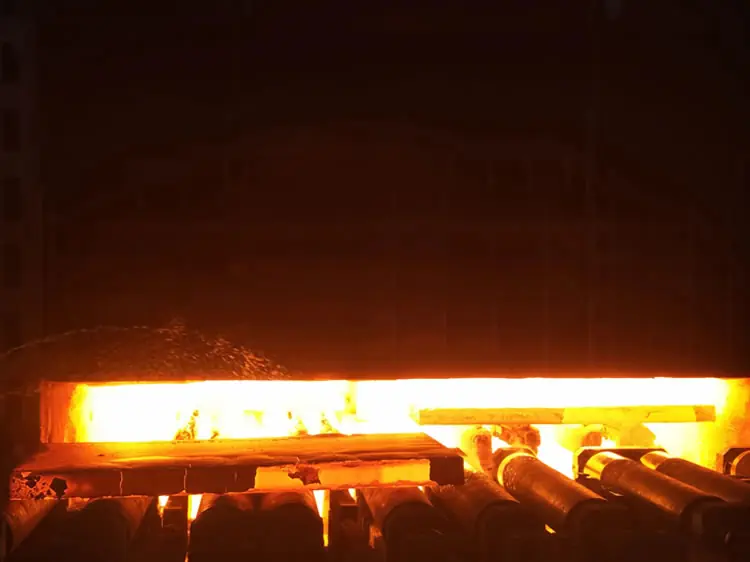
How to reduce the content of hydrogen, oxygen and nitrogen in steel
Minimizing Hydrogen, Oxygen, and Nitrogen Content in Steel: A Comprehensive GuideThe production of high-quality steel necessitates stringent control over t
-
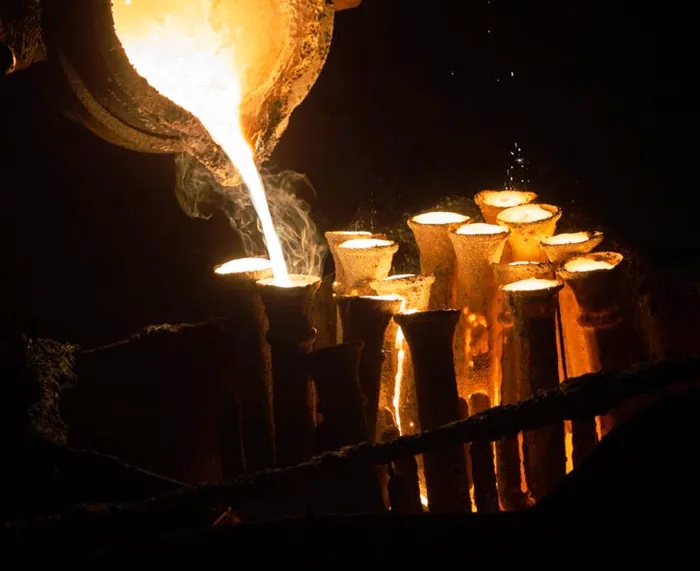
Debunking the Top 7 Myths of Investment Casting
Investment casting offers numerous benefits over other casting processes, including cost savings (reduced machining costs and material use), fine detail, t
-
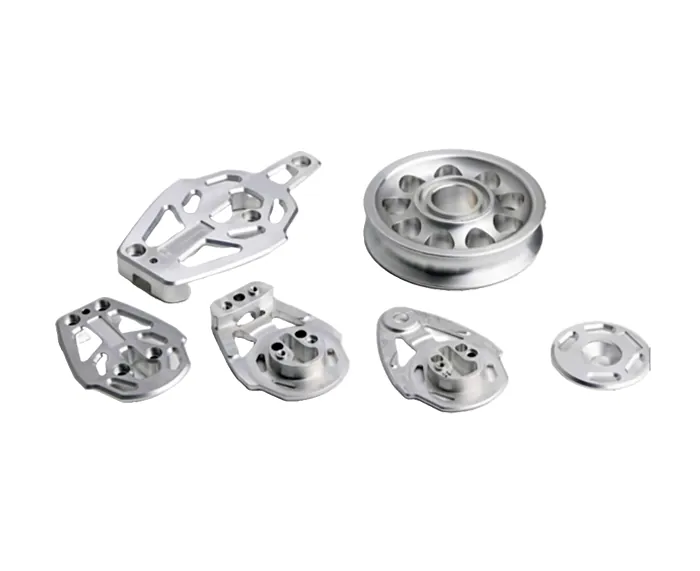
Unlocking Complexity: How CNC Milling Brings Intricate Designs to Life
From 3D design to the magic of milling, uncover the process and advantages, including high dimensional accuracy and efficiency.
-
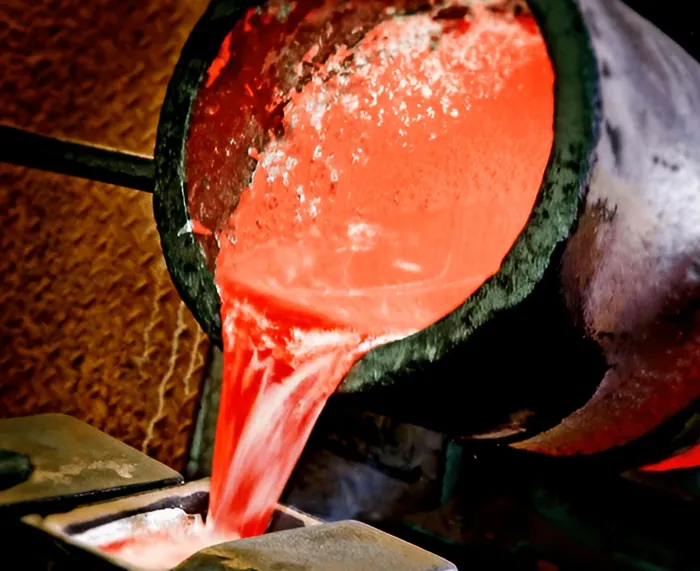
Conquering Casting Shrinkage: A Guide to Flawless Metal Parts
This article explores types of shrinkage, and solidification, and how to control them for high-quality castings.
-
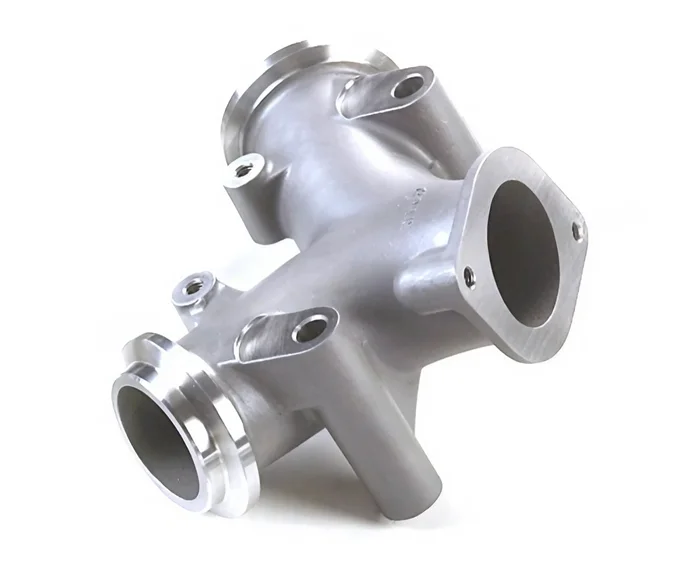
When to use investment casting in automotive
Investment casting offers several key applications within the automotive sector. Here are some notable areas where investment casting is commonly utilized:Engin...
-
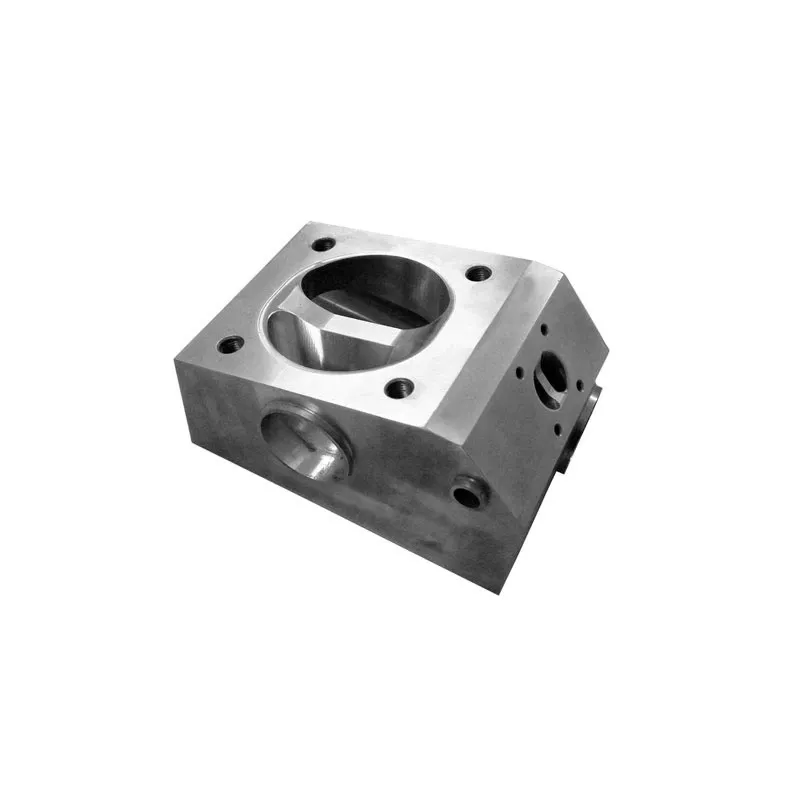
Brief analysis of the characteristics and advantages of aluminum die casting
Briefly analyze some characteristics and advantages of aluminum die casting.Aluminum die casting is a very popular manufacturing method in the process of produc...

